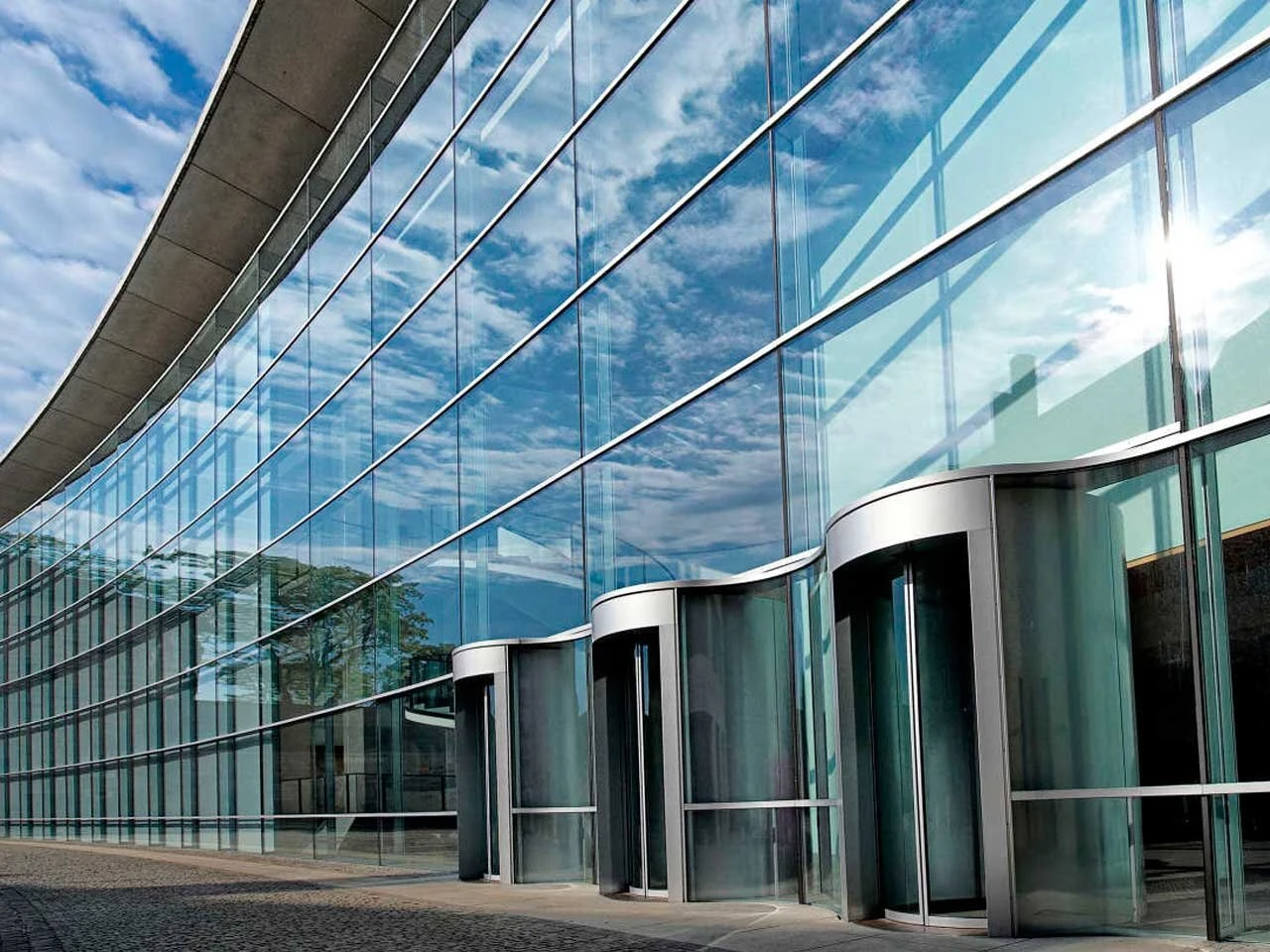Cracked tempered glass is a common concern for many homeowners and businesses that rely on the durability and safety of this favored material. With the increasing demand for tempered glass in modern architectural designs, understanding the ins and outs of its potential vulnerabilities is crucial for anyone looking to ensure longevity and safety. This article provides a detailed examination of cracked tempered glass from an expert’s perspective, focusing on experience, expertise, authoritativeness, and trustworthiness.

Tempered glass, known for its strength and ability to shatter into pebble-like fragments, offers a safer alternative to regular glass. However, its susceptibility to cracking can pose challenges. From my years of experience in the glass industry, I have encountered various instances where tempered glass, despite its robustness, developed cracks due to several factors.
One predominant cause of cracking in tempered glass is mechanical pressure. Even though tempered glass is crafted to withstand high stress, undue pressure at any specific point can initiate cracking. For example, incorrect installation such as improper fixing or uneven surfaces can exert excessive stress, leading to eventual failure. It’s crucial for installation to be handled by professionals who can guarantee that every parameter is meticulously checked, from surface flatness to the even distribution of weight across the glass.

Moreover, thermal stress is another significant contributor to tempered glass cracking. Sudden temperature changes can induce stress because of the temperature gradient between the surface and the interior. Consider a scenario where a glass wall is exposed to direct sunlight while its edges are shaded. This differential heating can lead to thermal shock, resulting in cracks. Implementing shading devices or using low-emissivity coatings can mitigate these effects by reducing the surface temperature gradient.
Another essential factor to consider is edge damage. It’s worth noting that the edges of tempered glass are the most vulnerable. During transportation or handling, slight nicks or chips can compromise the integrity of the glass, making it more susceptible to cracking under stress. During my consultation for a large office renovation project, it was evident that many of the replacement costs resulted from inadequately protected glass edges during the construction phase. Investing in protective edging solutions can significantly reduce such risks.
cracked tempered glass
Understanding the limits of tempered glass is vital for effective use. Tempered glass is about four to five times stronger than standard glass, but it has its limits. Overloading it beyond its capacity, especially in applications like floors or skylights without proper support structures, can be an invitation to cracks. Engaging structural engineers and adhering to building codes will ensure the safe application of glass without overstepping its limits.
Expert solutions are crucial in maintaining tempered glass integrity. Regular inspections by glass specialists can detect minor edge damages or mounting stresses before they evolve into full-blown cracks. Professional scrutiny provides a trustworthy assurance of the glass’s condition, prolonging its service life.
Research and innovation also continue to advance the durability of tempered glass. The development of hybrid solutions, combining tempered glass with other materials like polymers, improves its resilience against common cracking causes. Such innovations, backed by authoritative research, provide new assurance levels and can be trusted for high-demand applications.
For anyone dealing with cracked tempered glass, understanding the nuances of its care and application is indispensable. With expertise drawn from firsthand experience, leveraging professional advice, and adhering to industry standards, the longevity and safety of tempered glass installations can be significantly enhanced. The right approach not only conserves resources but also upholds the aesthetic and functional integrity of modern spaces.



